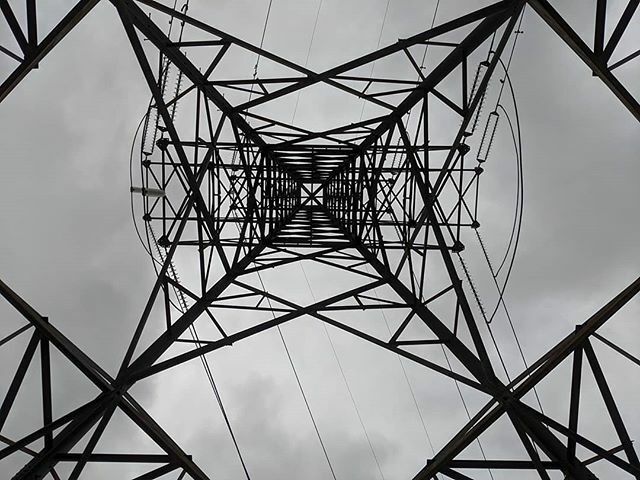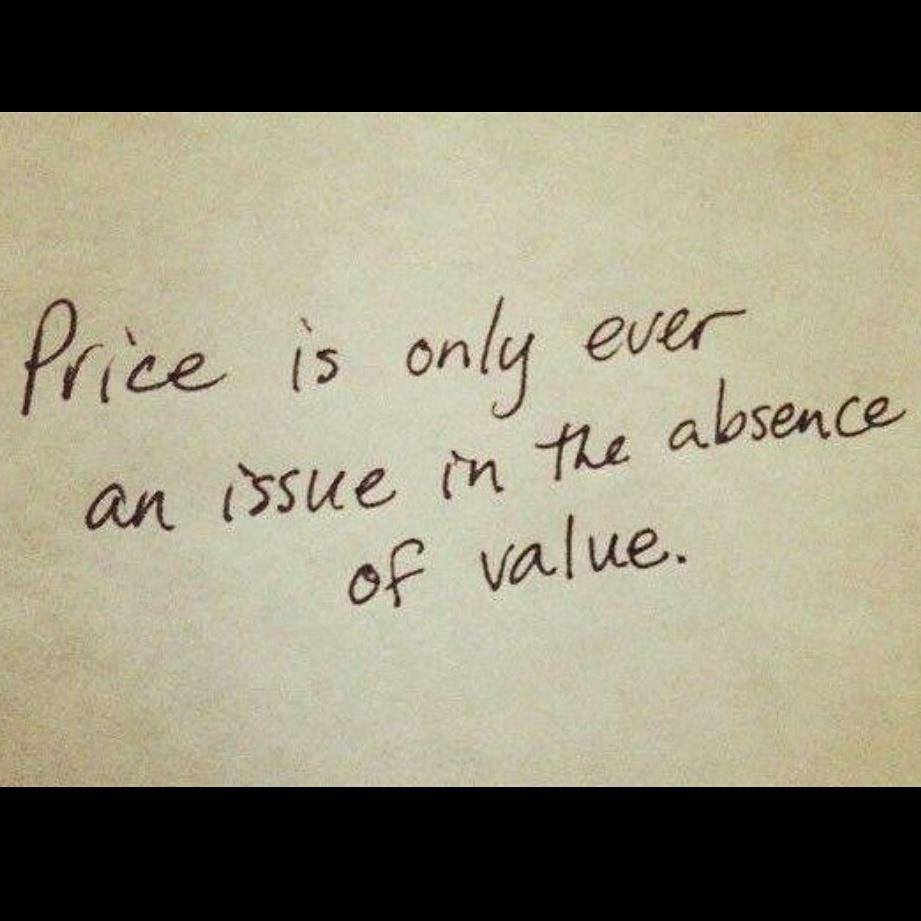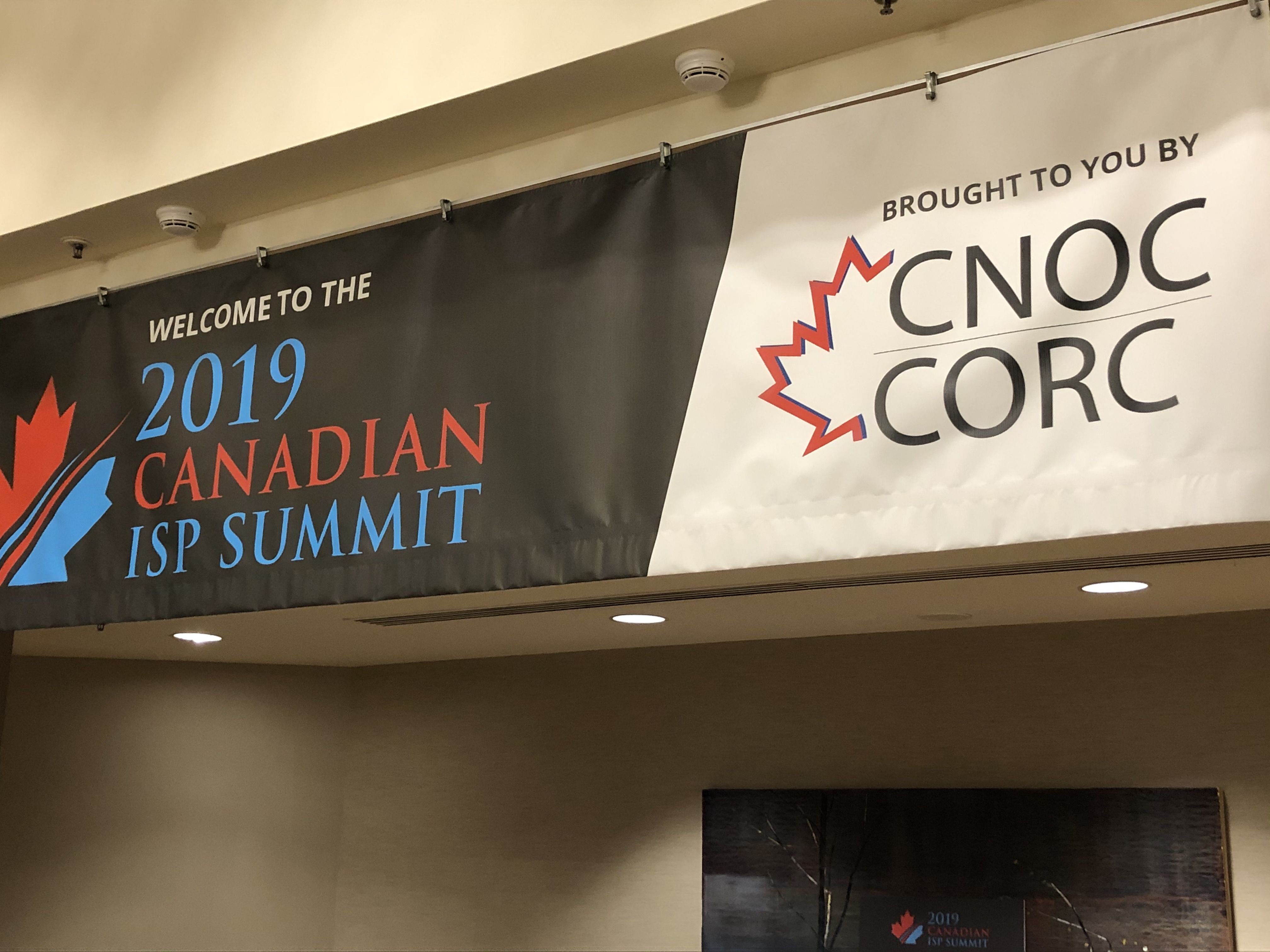Author: Timo
-

Celebration
As Canada is a multi-cultural nation, many of you are probably aware of the two big celebrations going on. For much of the Asian world, Saturday Jan 25 began the Lunar New Year or as some would call it, Chinese New Year. This year is the “Year of the Rat”. It is a time of…
-

Networking Pendulum
One of the benefits of age is perspective. You notice that many of the “new” ideas are simply old ones that have come back into vogue, like the swing of the pendulum. The aptness of the metaphor is clear, as history demonstrates a tendency for human events to swing back and forth from one extreme…
-

2020 Vision
The world does not need another blog post about predictions or trends for the coming New Year. Or another Top 10 list. Those are far too common and overdone. For this years first blog post, I thought I would instead focus on a few topics that I see becoming of increasing importance, especially to service…
-

BlackBerry Town
It has been a while since I have written about what I have been reading. So here is a book review on one that may not be on your radar, but would make a good read if you are interested in tech and telecom and innovation in Canada. I previously reviewed the story of Research…
-

Choosing Quality over Least Cost Routing provides Better long term value
Why Least Cost Routing is too expensive AurorA has operated in the International Telecommunications market since 1994. Since that time the telecom landscape has evolved and transformed and the pace of change has accelerated. The liberalization and deregulation of telecoms since the 1990’s, the move to native Internet Protocol (VoIP) and the deployment of fiber…
-

2019 Canadian ISP Summit – Day 4
Day 4 ? But the conference only ran from Nov 4 to 6 ? How could there be a Day 4 ? Well when you are self-employed like I am it takes a full day AFTER the conference just to try to get caught up. There is the large backlog in the email inbox, phone…